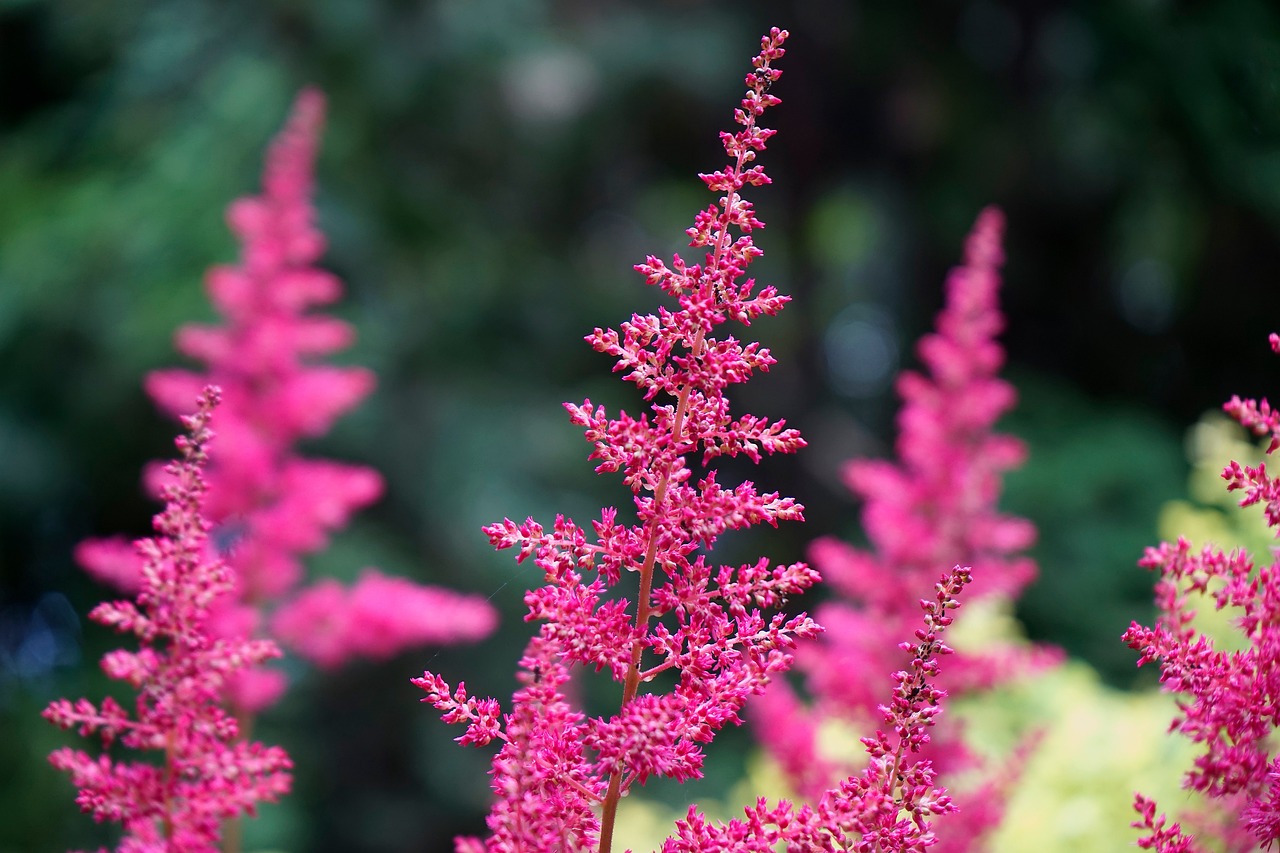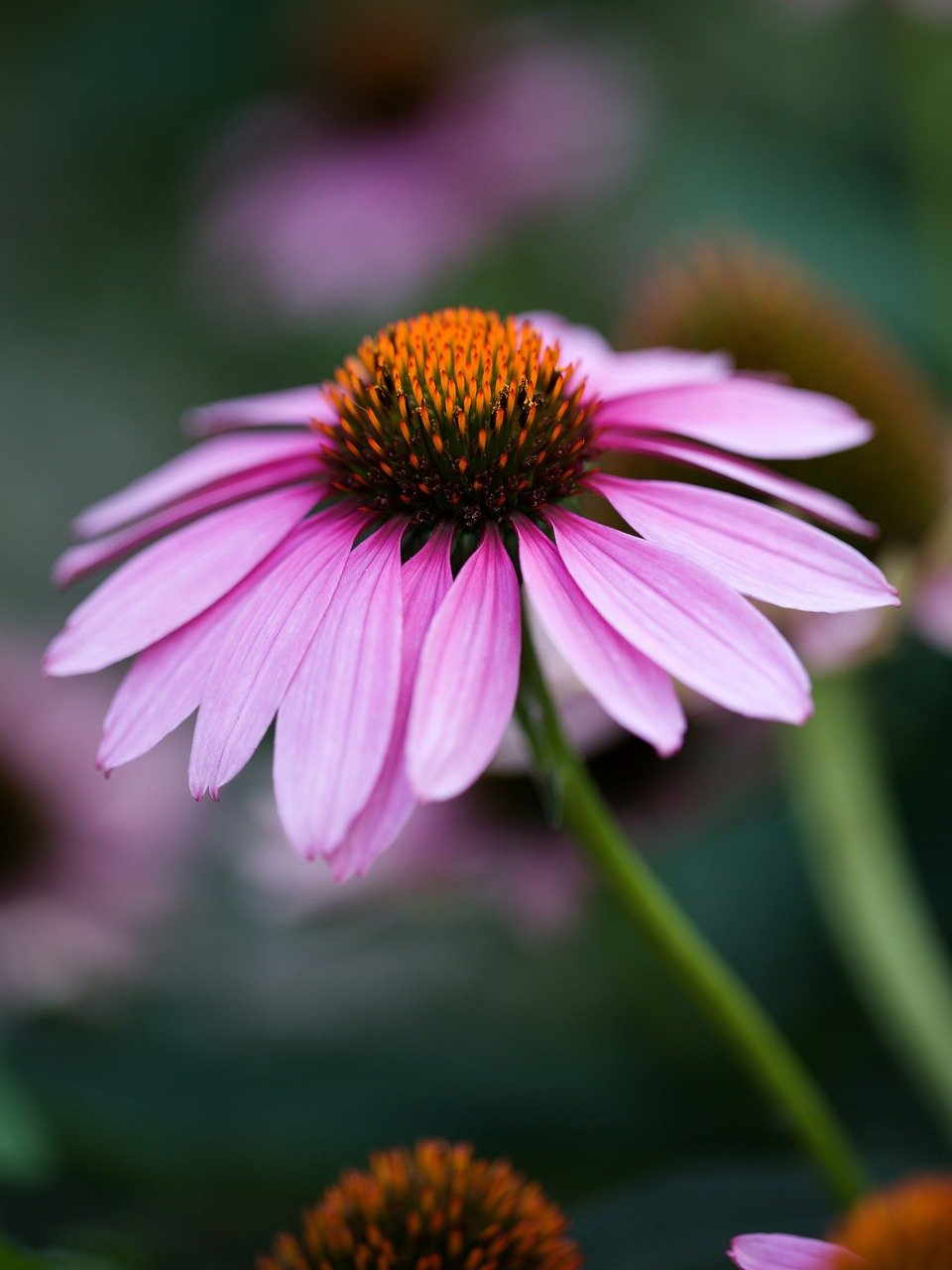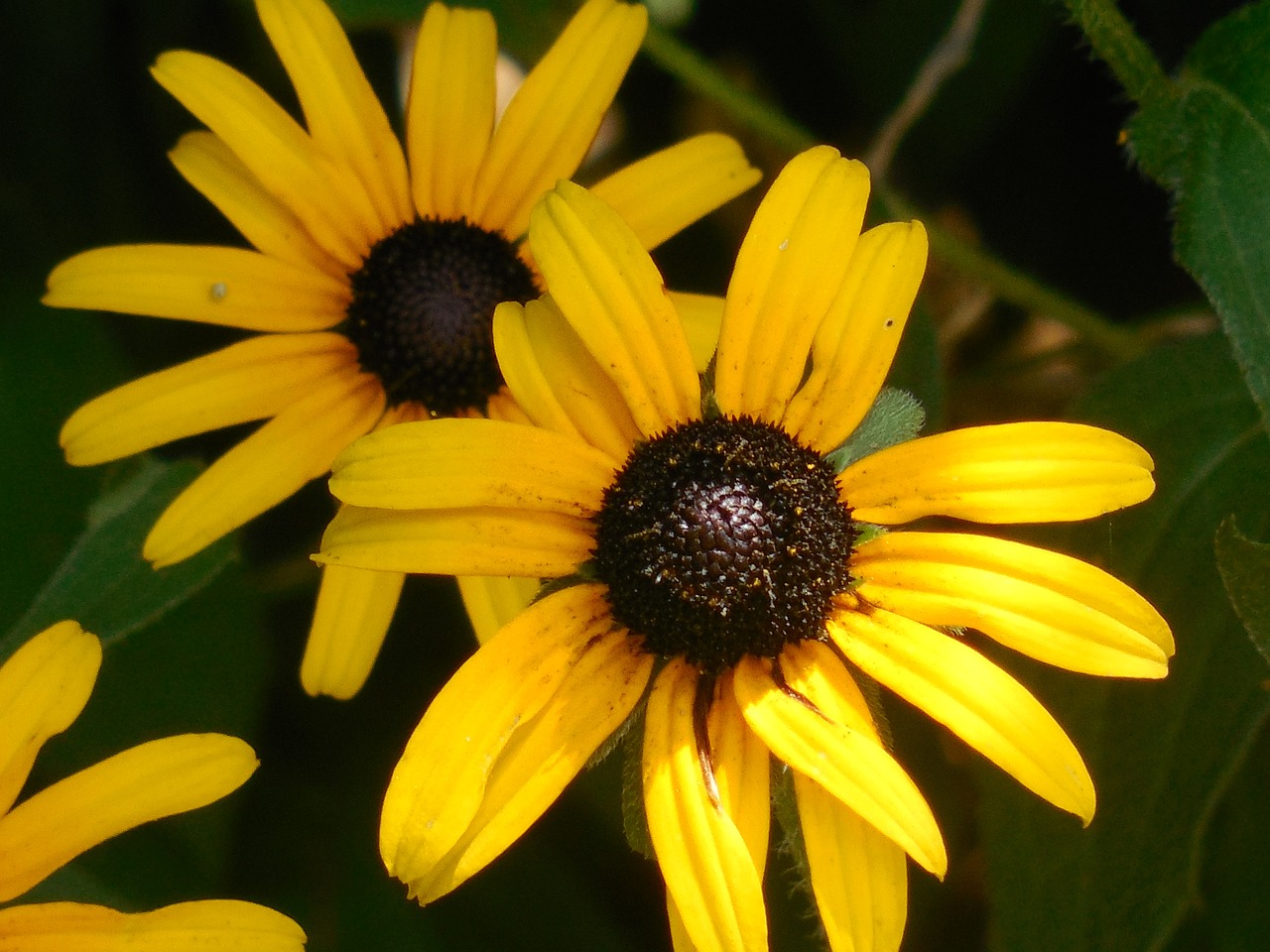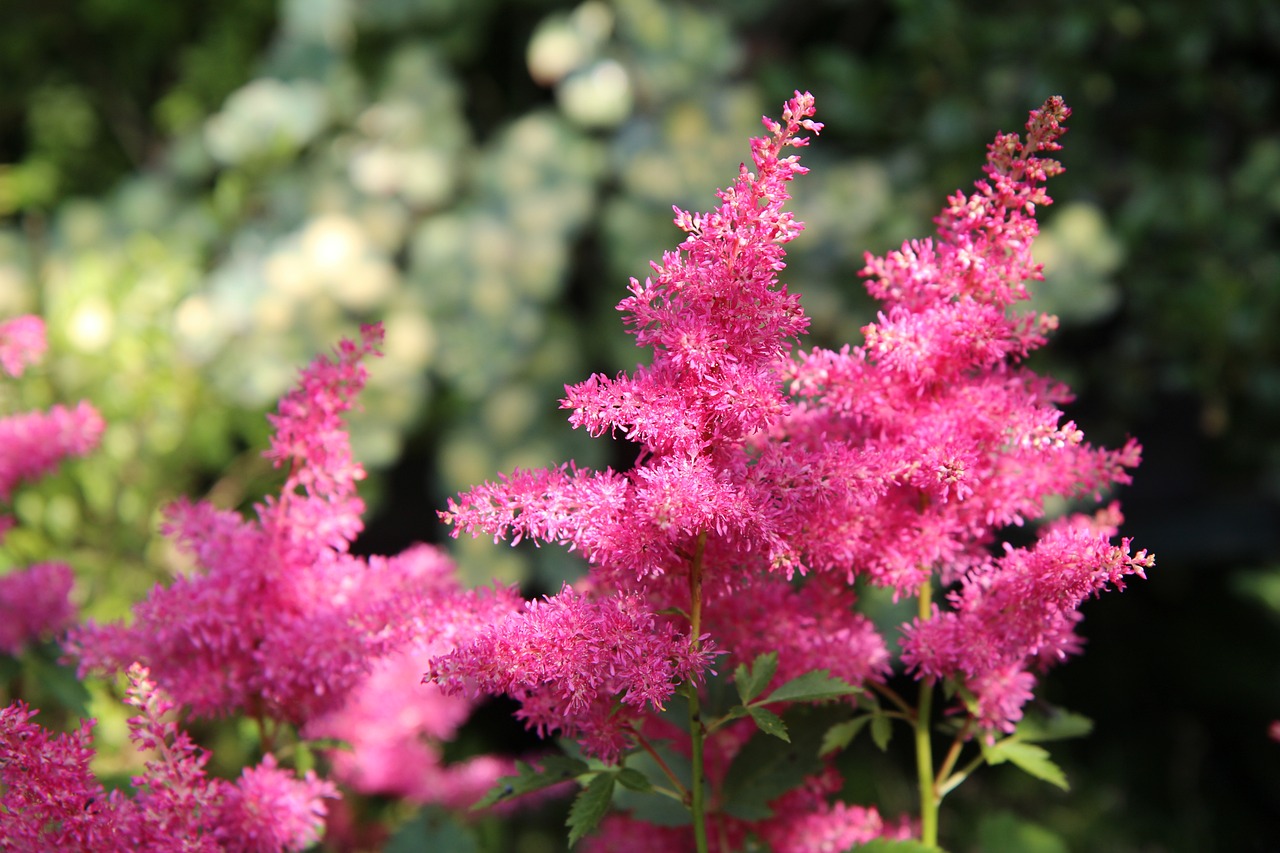
As the vibrant colors of summer fade, and the crisp air of fall settles in, many gardeners begin the ritual of tidying up their gardens. Trimming, pruning, and cutting back perennials is a common practice to prepare for the cold months ahead.
But did you know that some flowers thrive better when left untouched? These resilient beauties not only add charm to your winter garden but also offer crucial protection and sustenance to wildlife.
So, which flowers should you leave standing tall through the fall and winter? Let’s explore the flowers not to cut back in fall and discover why they deserve to stay just as they are.
Why Some Flowers Shouldn’t Be Cut Back
The Role of Dormancy and Protection
Many perennials and flowering plants enter a state of dormancy during the colder months. This is a survival mechanism where the plant conserves energy by halting growth until favorable conditions return. But how does cutting back affect this process?
- Protection Against Frost: Some flowers, like certain grasses and perennials, provide a natural insulation against frost. Their dead foliage forms a protective layer that can help the plant survive harsh winters.
- Preserving Structure: The stems of certain flowers hold snow, which acts as an insulating blanket, keeping the roots and crown warmer than the surrounding air.
- Natural Beauty: Leaving flowers intact can add visual interest to your garden during the winter months. The seed heads of some flowers are particularly striking when dusted with snow or frost.
Benefits to Wildlife
Winter is a tough season for wildlife, especially for birds and insects. By leaving certain flowers untrimmed, you provide essential resources that help sustain these creatures through the cold months.
- Food Source: Many flowers produce seeds that are a vital food source for birds. Sunflowers, coneflowers, and black-eyed Susans are just a few examples of flowers that should be left uncut to provide sustenance.
- Habitat for Insects: The hollow stems of some flowers provide a safe haven for insects. Bees, in particular, use these stems as nesting sites, and other beneficial insects may overwinter in the debris of your garden.
Top Flowers Not to Cut Back in Fall
Coneflowers (Echinacea)

Coneflowers are a staple in many gardens, known for their vibrant colors and daisy-like appearance. But did you know they are also a favorite among birds?
- Seed Production: Coneflowers produce an abundance of seeds that attract birds, especially goldfinches, during the winter months.
- Winter Appeal: Their stiff stems and seed heads remain upright even under snow, adding texture and interest to your winter garden.
Black-Eyed Susans (Rudbeckia)

Black-eyed Susans are another flower that’s best left untrimmed in the fall. Their sunny yellow petals may fade, but their seed heads are a magnet for birds.
- Bird-Friendly: Much like coneflowers, black-eyed Susans provide a critical food source for birds, particularly finches, during the winter.
- Winter Interest: The dark centers of these flowers stand out against a snowy backdrop, creating a striking contrast in your garden.
Ornamental Grasses
Ornamental grasses are often overlooked in the garden, but they play a crucial role in the winter landscape.
- Insulation: The tall, feathery plumes of grasses like Miscanthus or Panicum offer protection to the crowns of the plants and any nearby perennials.
- Movement in the Garden: Even in the dead of winter, these grasses sway gently in the breeze, adding a dynamic element to the garden.
Sedum (Stonecrop)

Sedum, or stonecrop, is a hardy plant that requires little maintenance. Its fleshy leaves and star-shaped flowers are a favorite among pollinators during the growing season, but what about in winter?
- Structural Integrity: Sedum stems remain upright through the winter, providing structure and visual interest to the garden.
- Wildlife Shelter: The dense foliage can offer shelter for small insects, while the seed heads may attract birds looking for a snack.
Russian Sage (Perovskia atriplicifolia)

Russian sage is known for its silvery foliage and lavender-blue flowers. While it’s a stunning addition to any garden, cutting it back in the fall can rob your garden of winter beauty.
- Frost Resistance: The silvery stems of Russian sage are resistant to frost, and their color can actually intensify in the cold.
- Wildlife Value: The stems provide a perch for birds, while the seeds can be a minor food source during the lean winter months.
Astilbe

Astilbe’s feathery plumes are a summer favorite, but did you know they can also add winter charm to your garden?
- Seed Heads: While not as prolific as some other flowers, the seed heads of Astilbe can still attract birds and add texture to the winter landscape.
- Frosted Beauty: The delicate plumes look ethereal when coated with frost, offering a soft and dreamy effect in the garden.
Flowering Shrubs
Shrubs can add structure and visual impact to your winter garden. Consider these options:
- Winterberry Holly: Ilex verticillata offers vibrant red berries that contrast beautifully against the winter landscape.
- Viburnums: Viburnum species, such as Viburnum opulus and Viburnum trilobum, offer colorful berries and attractive foliage.
- Honeysuckle: Lonicera species, like Lonicera japonica and Lonicera morrowii, offer fragrant flowers and berries that attract birds.
Flowering Vines
Vines can add vertical interest and a touch of romance to your garden. Here are some options:
- Clematis: Clematis species, like Clematis montana and Clematis jackmanii, offer stunning blooms that can last well into the winter.
- Trumpet Vine: Campsis radicans offers vibrant orange or red flowers and attracts hummingbirds.
- Winter Jasmine: Jasminum nudiflorum offers fragrant yellow flowers that bloom in late winter or early spring.
How to Care for These Flowers in Winter
Minimal Maintenance
One of the best things about leaving these flowers uncut is that they require minimal maintenance. However, there are a few things you can do to ensure they make it through the winter in good shape.
- Mulching: Adding a layer of mulch around the base of the plants can help protect the roots and retain moisture.
- Watering: While watering isn’t usually necessary in winter, make sure the soil isn’t completely dry before the first frost. This helps the plants go into dormancy in good health.
- Pest Control: Keep an eye out for pests that may take up residence in the dead foliage. If necessary, apply organic pest control methods.
When to Cut Back
While these flowers should not be cut back in the fall, they will need attention in the spring. So when is the right time to tidy up?
- Spring Clean-Up: As the weather warms, and new growth starts to emerge, it’s time to cut back the old stems. This is typically done in late winter or early spring, depending on your climate.
- Pruning Techniques: Use sharp, clean shears to cut the old stems close to the ground. Be careful not to damage any new shoots that may be emerging.
Conclusion: Let Nature Take Its Course
The fall garden doesn’t have to be a barren landscape of cut-back stems and empty beds. By leaving certain flowers standing tall, you not only preserve the natural beauty of your garden but also provide essential resources for wildlife. So this fall, resist the urge to trim everything down. Instead, let nature take its course, and enjoy the unique beauty that winter brings.
